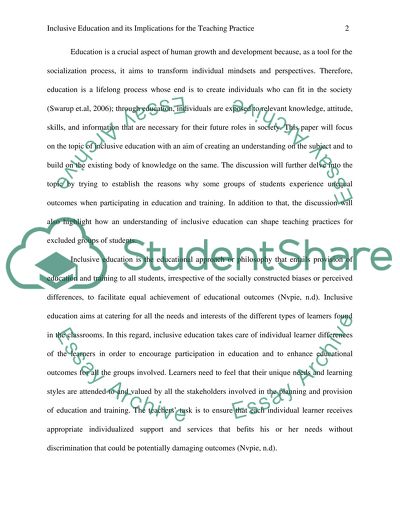Cite this document
(“Inclusive Education and its implications for the teaching practice Essay”, n.d.)
Inclusive Education and its implications for the teaching practice Essay. Retrieved from https://studentshare.org/education/1403883-what-is-inclusive-education-and-what-are-its
Inclusive Education and its implications for the teaching practice Essay. Retrieved from https://studentshare.org/education/1403883-what-is-inclusive-education-and-what-are-its
(Inclusive Education and Its Implications for the Teaching Practice Essay)
Inclusive Education and Its Implications for the Teaching Practice Essay. https://studentshare.org/education/1403883-what-is-inclusive-education-and-what-are-its.
Inclusive Education and Its Implications for the Teaching Practice Essay. https://studentshare.org/education/1403883-what-is-inclusive-education-and-what-are-its.
“Inclusive Education and Its Implications for the Teaching Practice Essay”, n.d. https://studentshare.org/education/1403883-what-is-inclusive-education-and-what-are-its.


